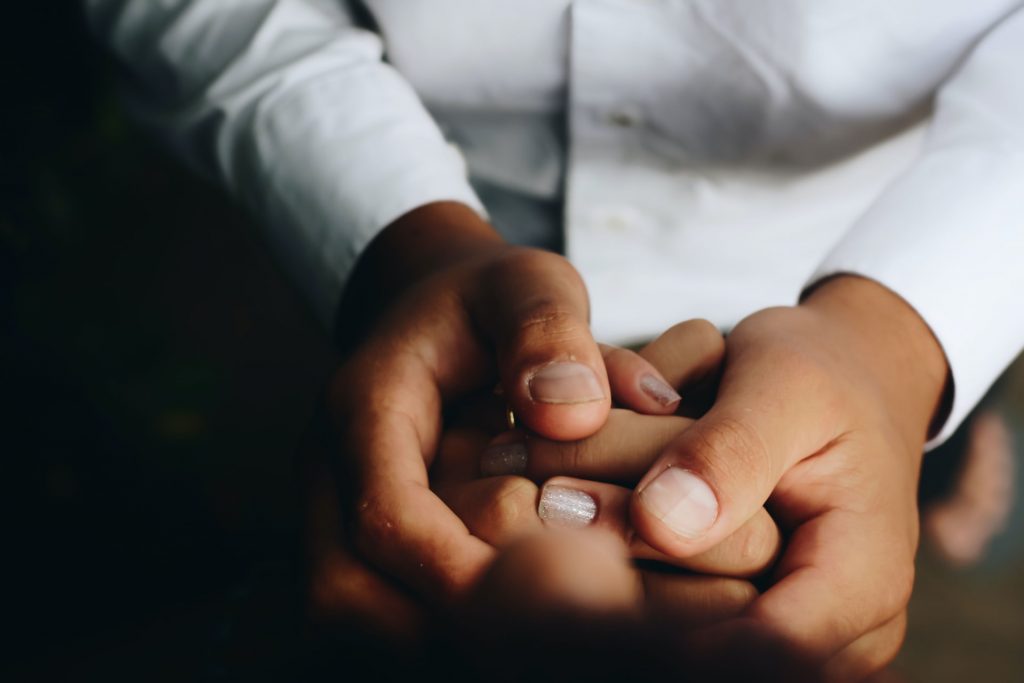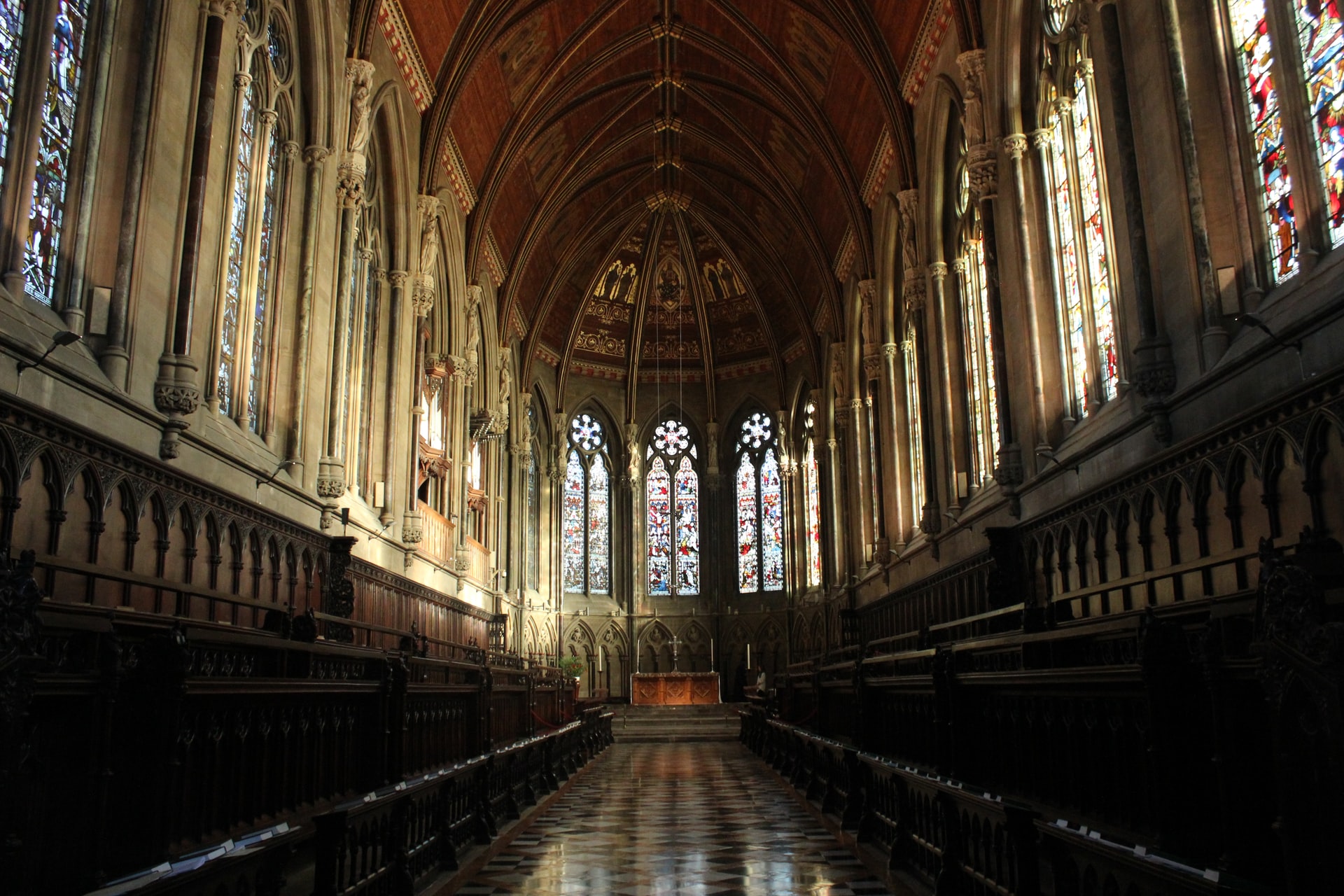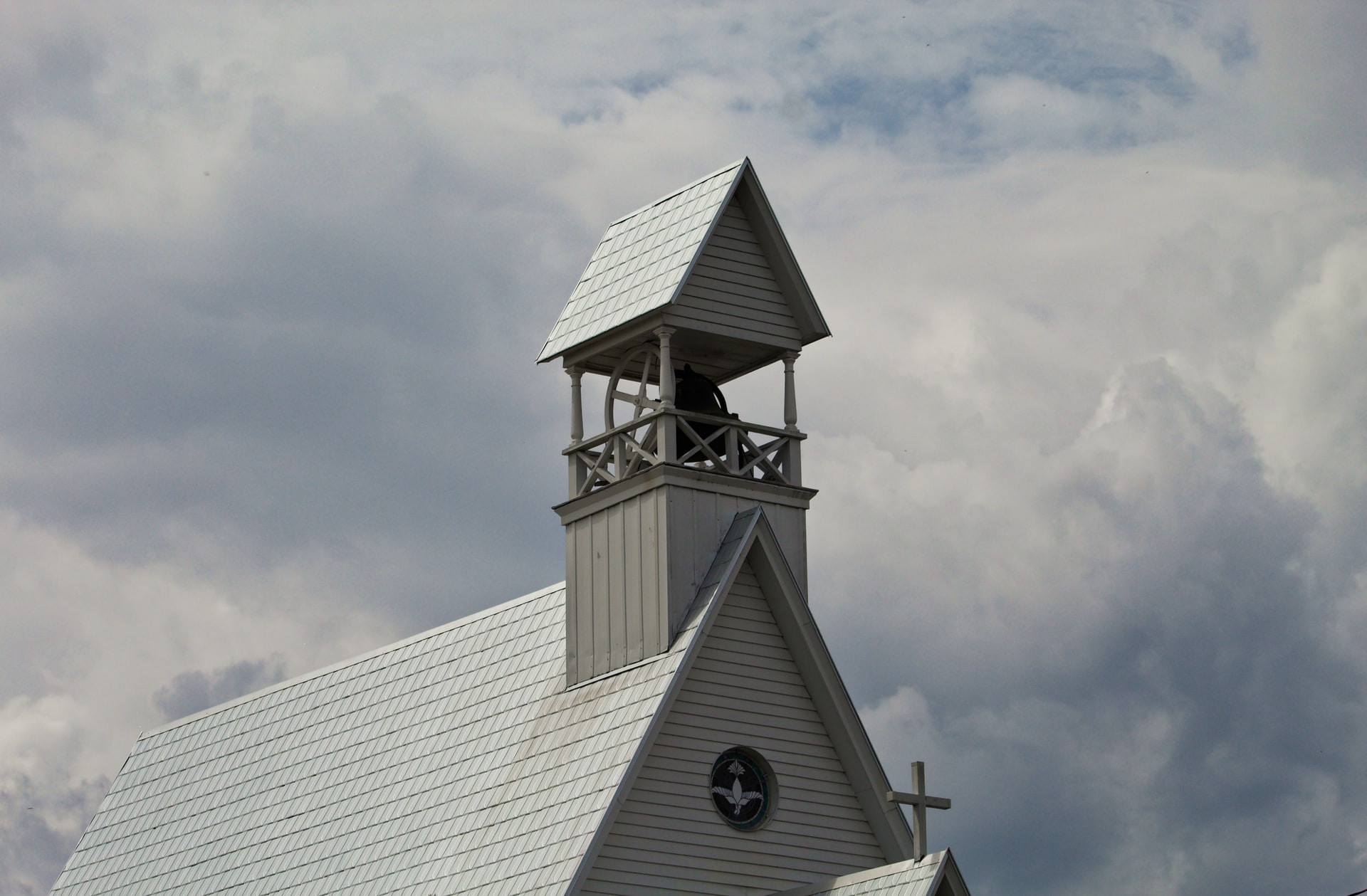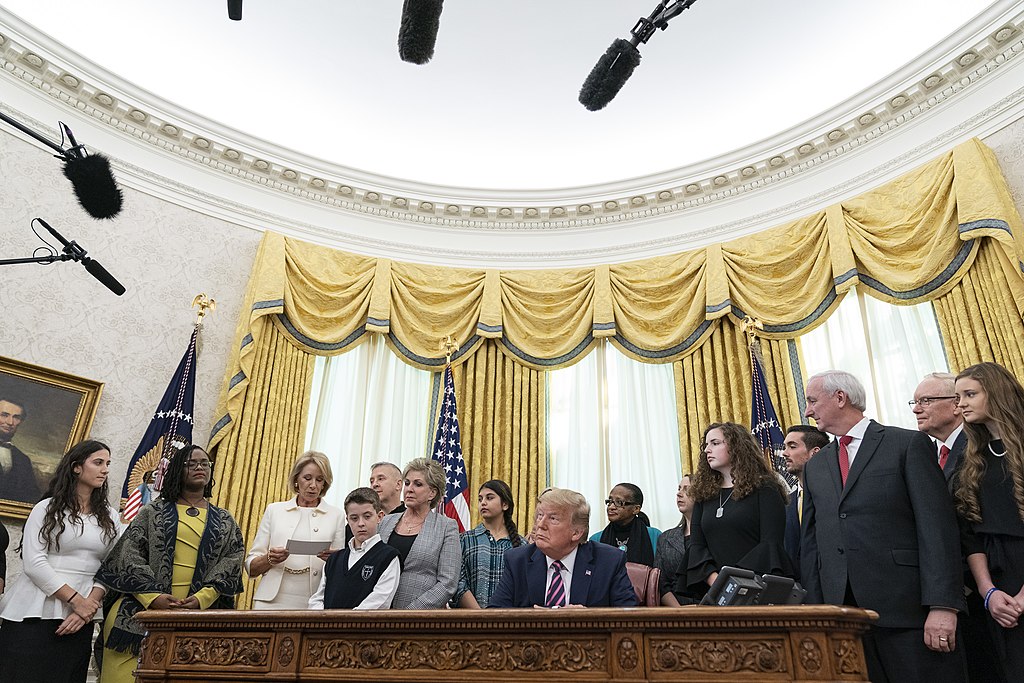In the United States, more students are enrolling in theological education. The appeal? Becoming a chaplain. On the front lines during the pandemic, chaplains have played a more visible and pivotal role for people as places of worship closed. In this article, Dr Wendy Cadge and Dr Shelly Rambo explore this vocation and how chaplains are trained, touching on the issues around pedagogical development and certification for this increasingly broad and important role.

The Washington Post reported last week that enrollment in theological schools was up in 2020 for the first time since 2006. More than half of schools (54%) that belong to the Association of Theological Schools reported higher enrollments in 2020 than in 2019. Anecdotal reports suggest many of these new students hope to become chaplains and spiritual care providers.
It isn’t really a surprise that so many students are interested in chaplaincy. The pandemic led many to re-evaluate life and career choices and look inward, an experience likely to lead some to theological education. Chaplains were on the front pages of newspapers across the country. They played key roles during the pandemic for hospitalized patients and their families, the exhausted staff of healthcare organizations, and others ranging from seafarers to transit workers. Traditional places of worship were closed; even prior to the pandemic, the number of people in the United States who are religiously affiliated or members of religious organizations long had been in decline.
Chaplains are present today everywhere from traditional settings – the military, prisons, healthcare organizations, and higher education – to newer ones, including airports, social movement organizations, community settings, social service organizations, and sometimes even veterinary offices. A national survey conducted in 2019 found that 21% of people in the United States had had contact with a chaplain in the past two years, more than half of them in healthcare organizations. While chaplains are only required in the military, federal prisons, and the Veterans Administration, they serve people from a range of religious and spiritual backgrounds, including none, in a wide variety of places. And some evidence suggests they are also growing globally.
Theological schools are adjusting slowly to these changes. Historically focused on training clergy for local, congregational ministry, many theological schools are now developing curricula and degree programs specifically for chaplains. The first degree program specifically for chaplains was established in 1988 at Pentecostal Theological Seminary in Cleveland, Tennessee, the flagship school of the Church of God International. Since then, the number of such programs has increased exponentially. Currently close to 100 theological schools have chaplaincy-specific degree programs, some Masters of Divinity focused in chaplaincy, some Masters of Arts, and some PhDs or Doctorates of Ministry in spiritual care.
Job requirements for being a chaplain vary. Most require a graduate theological degree. In the military, chaplain candidates also need the endorsement of a religious organization, some work experience and the ability to pass age and physical fitness tests. Most positions in healthcare – hospitals, hospice and palliative care, retirement and nursing facilities – require a graduate theological degree and one or more units of clinical training through the Association for Clinical Pastoral Education or a similar organization. Some hospitals now prefer chaplains to be board certified, which requires a graduate theological degree, four units of Clinical Pastoral Education, work experience, and an application and approval process.
Research suggests that theological educators, clinical educators, professional chaplains, and the organizations where they work are not necessarily operating from or educating toward a common understanding of what makes chaplains effective. They tend to focus on “supply,” or what training they think chaplains need, rather than demand. Over the past three years, a group of theological and clinical educators has grappled with questions of demand and produced a textbook and other resources naming three sets of skills – interpersonal, organizational, and meaning-making – that chaplains need regardless of the setting where they work. Chaplains need basic counseling and relationship skills as well as the ability to read and navigate the organizations where they work. It is their work around meaning-making and their abilities to help people in the midst of difficult and traumatic events that makes spiritual care unique and important.
To best prepare students training to be chaplains, we need to continue focusing on demand. We need to hear from people – patients, family members, staff, and others – who have worked with chaplains about their experiences and work back from those experiences to think about how to best train spiritual care providers. With a national advisory board and the support of the Covenantal Pluralism Initiative at the Templeton Religion Trust, we are starting this work and will conduct a national survey in early 2022 that will tell us who has had contact with a chaplain and what their experiences were like. We will follow the survey with in-depth interviews to learn even more about how members of the public have worked with chaplains and to ensure that their experiences will inform future training.
Chaplaincy and spiritual care – like all of American religious life – is changing. No longer relegated to the edges, chaplains are becoming more central. The pandemic shined a light on the work they have always done in the thin places between life and death, what is and what was or what might be. Some call chaplains grievers-in-chief, while others describe them as the gig workers of the religious economy. They need to be prepared to serve all in today’s divisive climate and we all need the care and compassion they bring. As theological schools welcome new students, we encourage them to think about what and how they are training and to partner with us in the Chaplaincy Innovation Lab as we continue to spark practical innovations to serve all who are suffering among us.
Note: This piece gives the views of the author, and not the position of the LSE Religion and Global Society blog, nor of the London School of Economics.






Excellent piece. Its great to know more and more people are being exposed to people who are professional Clinical Chaplains. There is much that we do as Board Certified Chaplains, as members of Interdisciplinary Care Teams in hospitals.
May you continue to explore and share your exploration with the public.